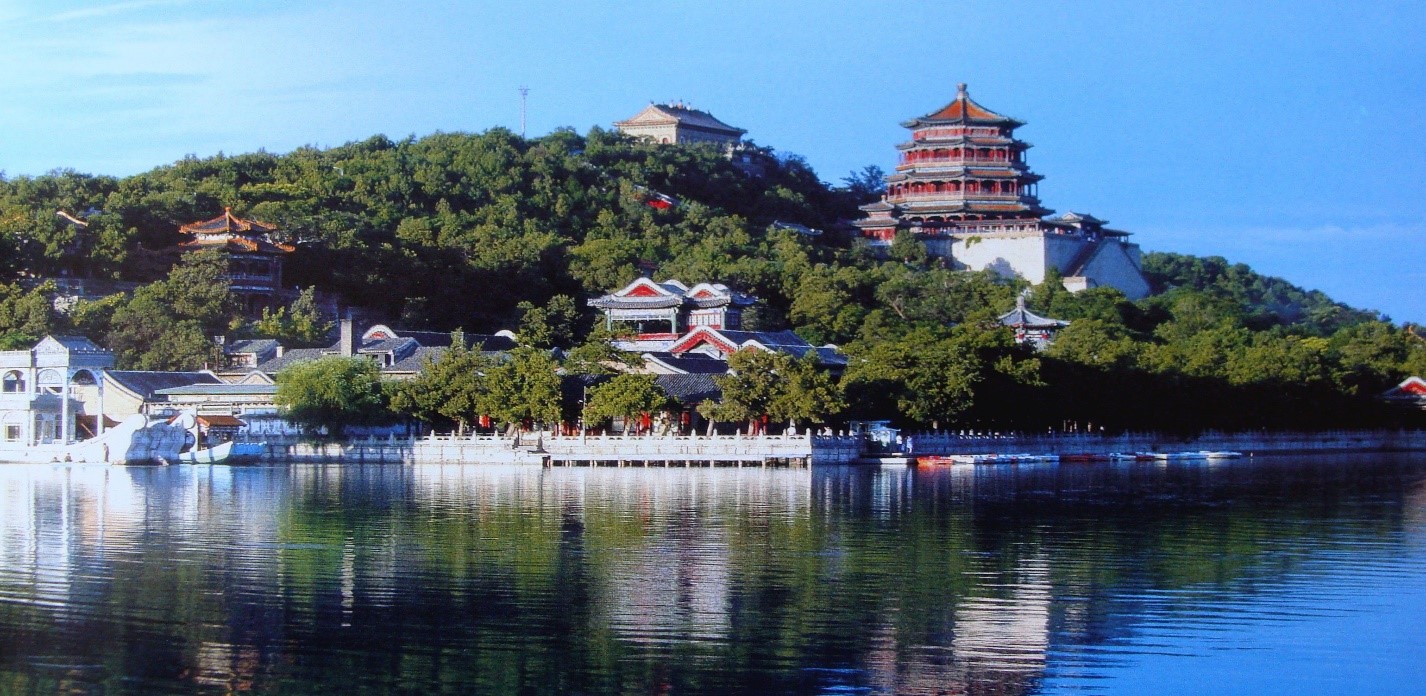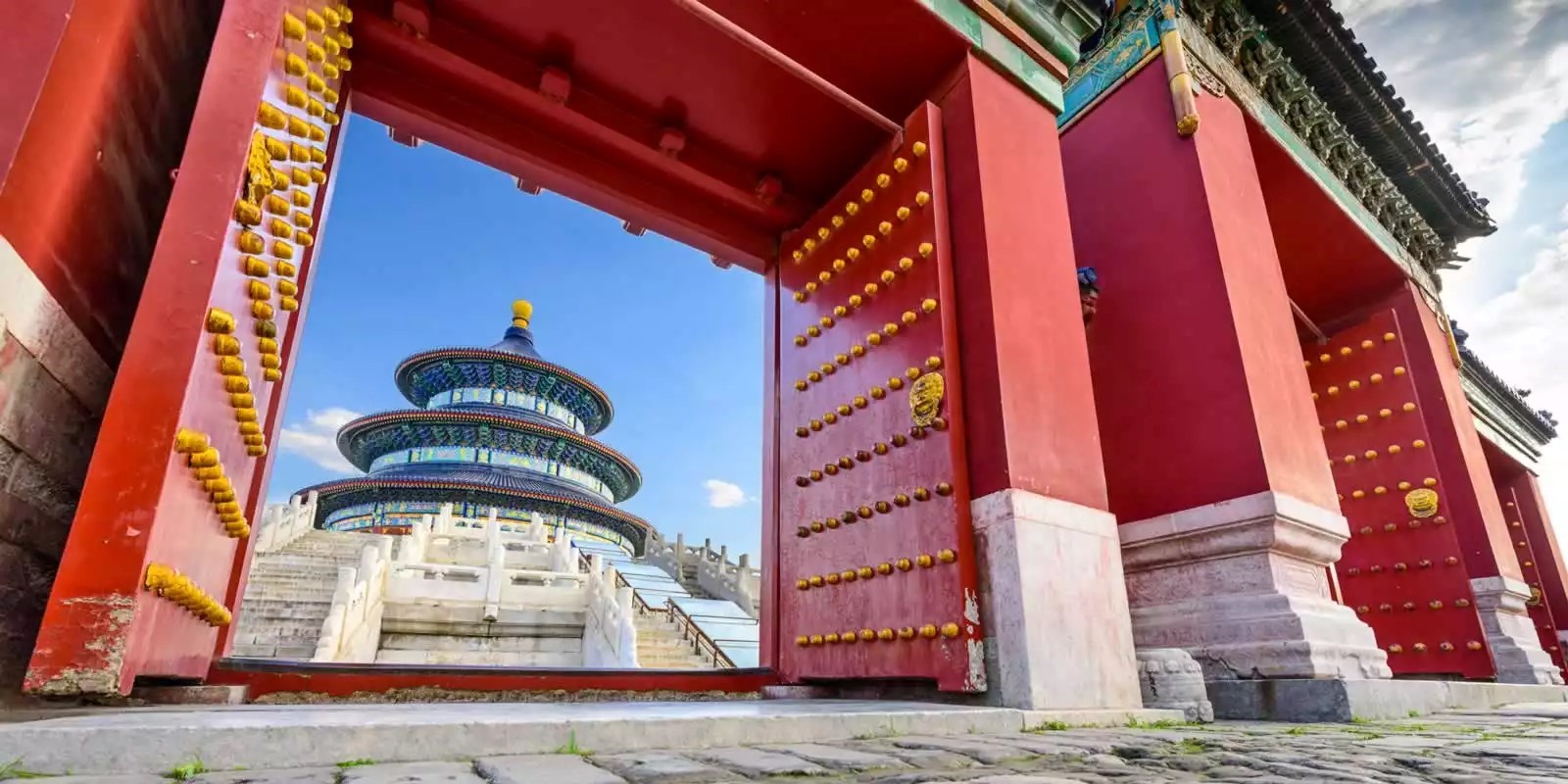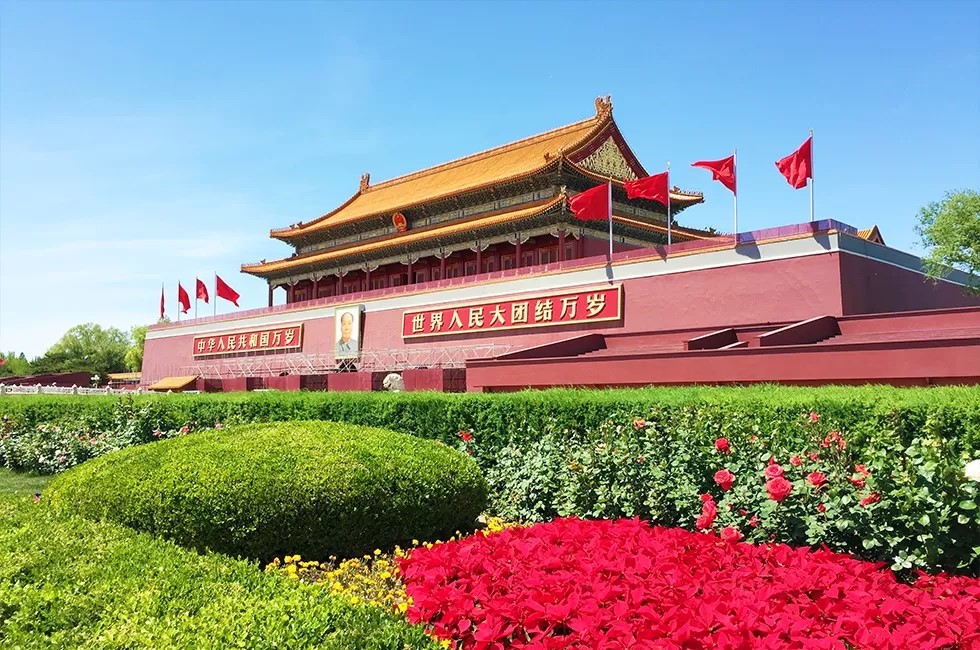
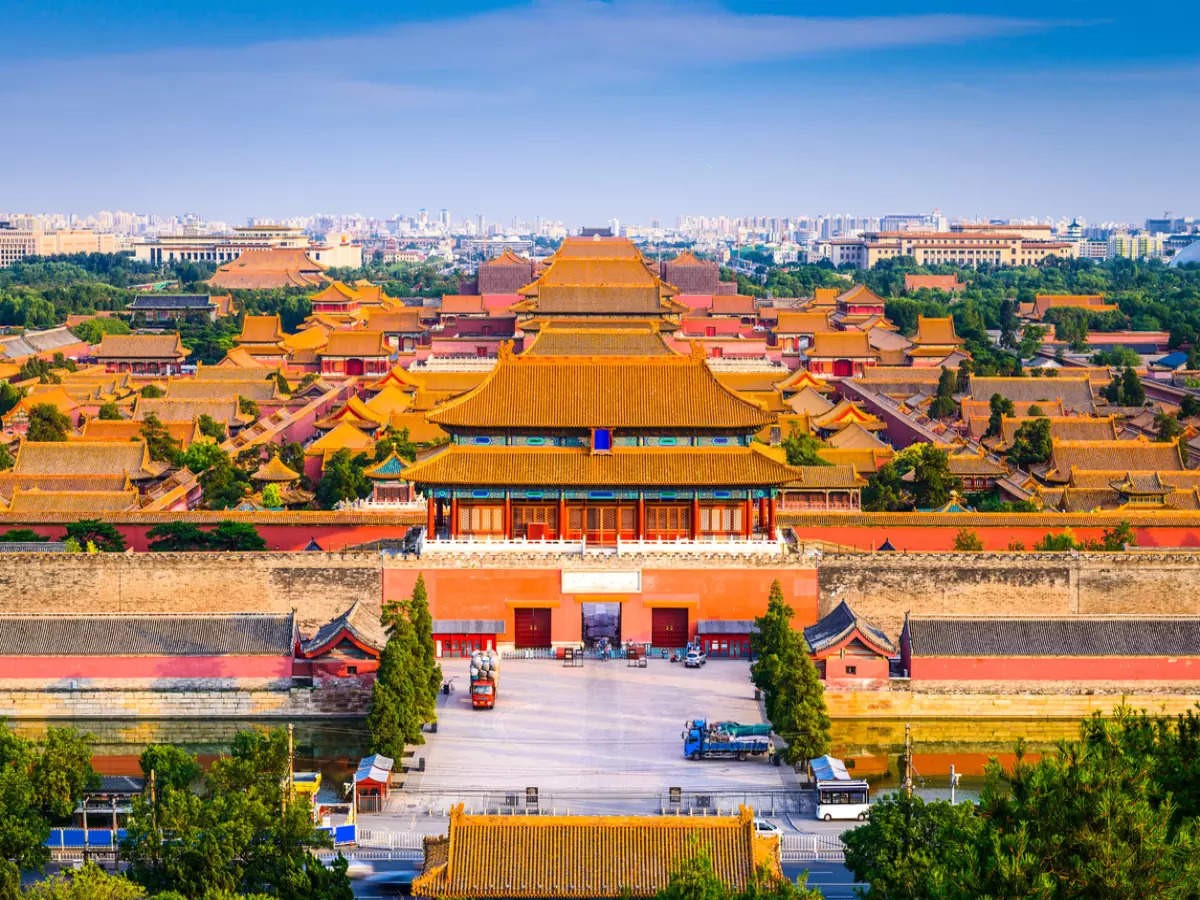
Day 1: Arrival in Beijing
Arrive in Beijing, check into a hotel near the city center. Visit Tiananmen Square and the Forbidden City.
Tiananmen Square
Tiananmen Square or Tian'anmen Square is a city square in the city center of Beijing, China, named after the eponymous Tiananmen located to its north, which separates it from the Forbidden City. In 1989, Tiananmen Square was the site of the 1989 Tiananmen Square protests and massacre in which the People's Liberation Army cracked down on a student protest on the square that had the stated purpose of calling for political liberalization and greater respect for human rights.
The Forbidden City
The Forbidden City is a palace complex in Dongcheng District, Beijing, China, at the center of the Imperial City of Beijing. It is surrounded by numerous opulent imperial gardens and temples including the 22 ha (54-acre) Zhongshan Park, the sacrificial Imperial Ancestral Temple, the 69 ha (171-acre) Beihai Park, and the 23 ha (57-acre) Jingshan Park. It is officially administered by the Palace Museum. It was so named because access to the area was barred to most of the subjects of the realm. Government functionaries and even the imperial family were permitted only limited access; the emperor alone could enter any section at will.
Cost: Flight to Beijing (round trip): $800, Hotel: $100/night, Entrance fees: $30.

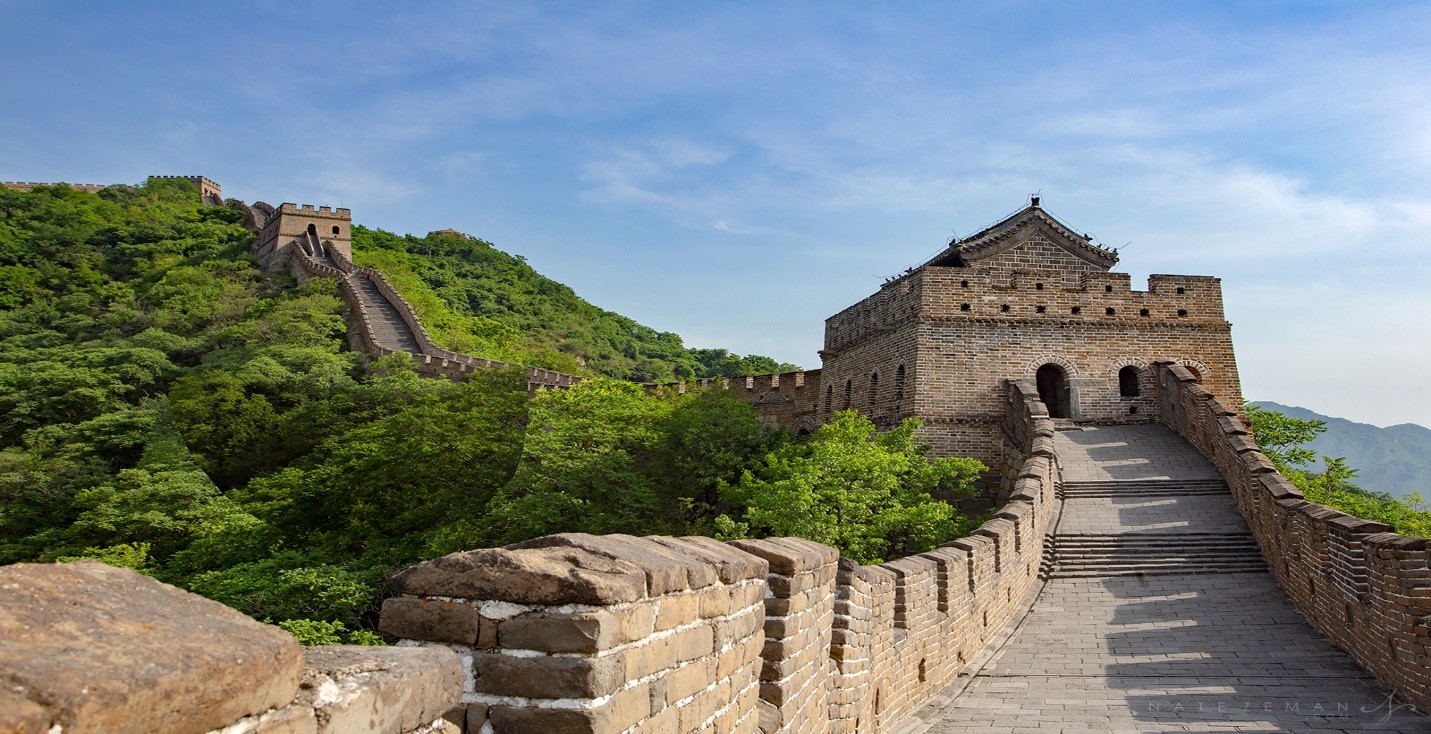

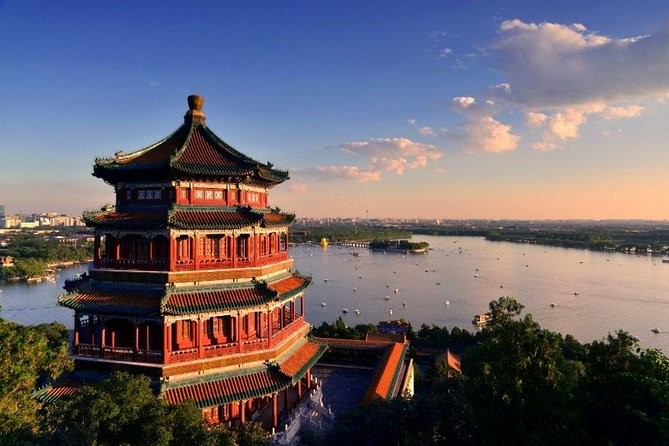
Day 2: Great Wall & Summer Palace
Full-day excursion to the Great Wall of China (Mutianyu section) with a guided tour. Explore the Summer Palace in the afternoon. Cost: Great Wall tour (including transportation and guide): $80, Summer Palace entrance fee: $10.
The Great Wall of China (Mutianyu section)
Mutianyu is a section of the Great Wall of China located in Huairou District within the city limits of Beijing 70 kilometers (43 mi) northeast of the center of the city. The Mutianyu section of the Great Wall is connected with Jiankou in the west and Lianhuachi in the east. As one of the best-preserved parts of the Great Wall, the Mutianyu section of the Great Wall used to serve as the northern barrier defending the capital and the imperial tombs.
Summer Palace
The Summer Palace is a vast ensemble of lakes, gardens and palaces in Beijing. It was an imperial garden in the Qing dynasty. Inside includes Longevity Hill ,Kunming Lake and Seventeen Hole Bridge. It covers an expanse of 2.9 square kilometres (1.1 sq mi), three-quarters of which is water.
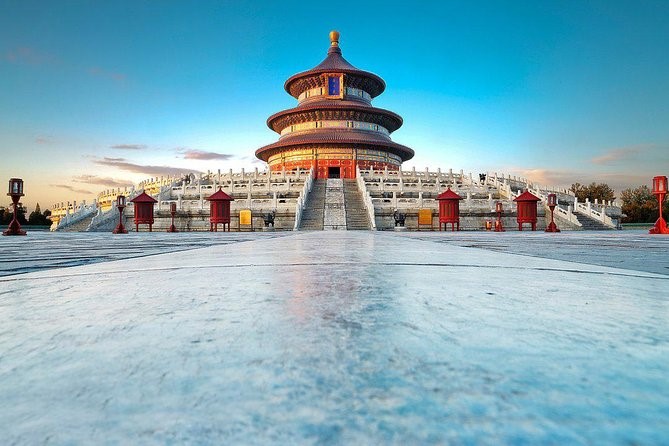
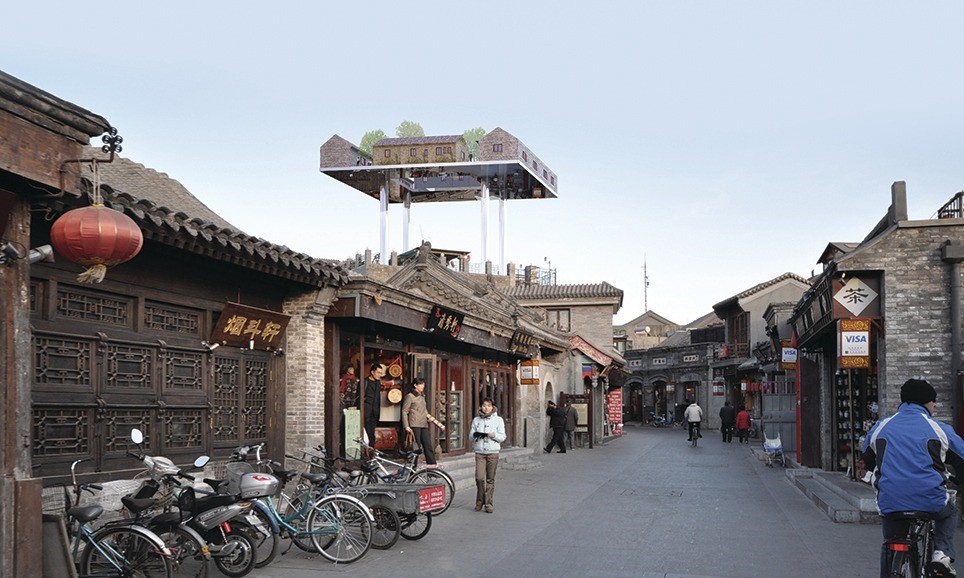


Day 3: Beijing Cultural Tour
Visit the Temple of Heaven. Explore the traditional hutongs (narrow alleys) of Beijing by rickshaw.
Temple of Heaven.
The Temple of Heaven is a complex of imperial religious buildings situated in the southeastern part of central Beijing. The complex was visited by the Emperors of the Ming and Qing dynasties for annual ceremonies of prayer to Heaven for a good harvest. it has been regarded as a Taoist temple, although Chinese Heaven worship, especially by the reigning monarch of the day, pre-dates Taoism. The temple complex was constructed from 1406 to 1420 during the reign of the Yongle Emperor, who was also responsible for the construction of the Forbidden City in Beijing.
Traditional Hutongs
Hutong are a type of narrow street or alley commonly associated with northern Chinese cities, especially Beijing. In Beijing, hutongs are alleys formed by lines of siheyuan, traditional courtyard residences. One hutong connects with another, and siheyuan connects with siheyuan, to form a block, and blocks join with blocks to form the whole city.
Cost: Temple of Heaven entrance fee: $10, Rickshaw tour: $30.
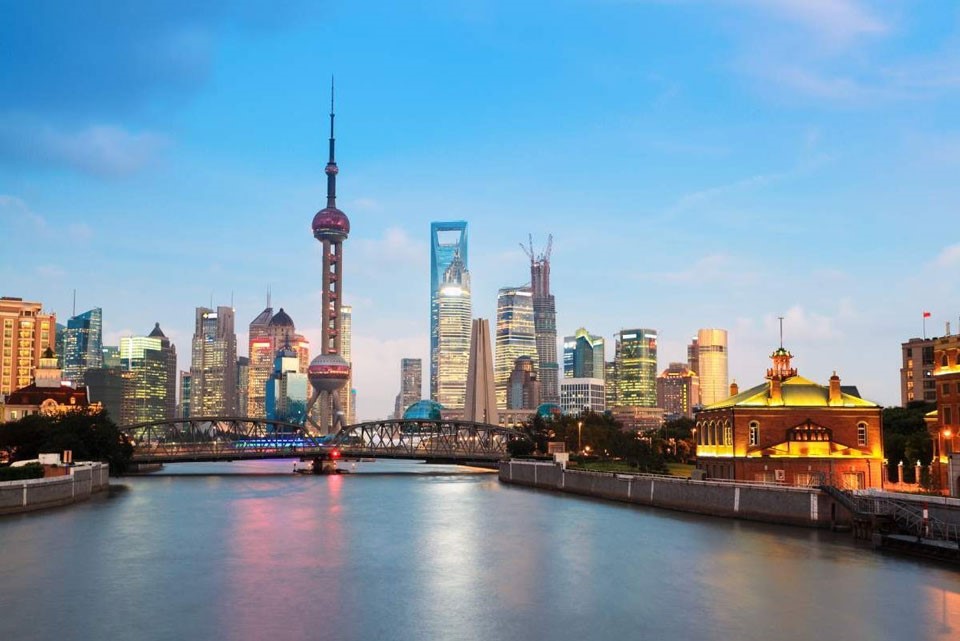
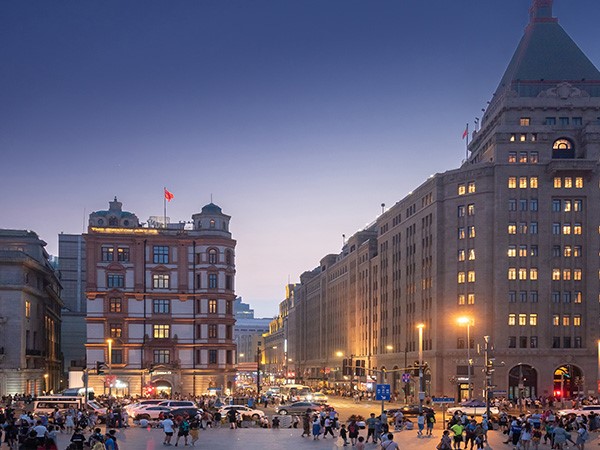

Day 4: Travel to Shanghai
Take a high-speed train from Beijing to Shanghai. Check into a hotel in Shanghai. Explore the Bund and Nanjing Road in the evening.
Nanjing Road
Nanjing is a road in Shanghai, the eastern part of which is the main shopping district of Shanghai. It is one of the world's busiest shopping streets, along with Fifth Avenue, Oxford Street, Orchard Road, Takeshita Street and the Champs-Élysées.The street is named after the city of Nanjing, capital of Jiangsu province neighbouring Shanghai, and the former national capital of the Republic of China. Today's Nanjing Road comprises two sections, Nanjing Road East and Nanjing Road West.
Cost: High-speed train ticket: $100, Hotel: $120/night.
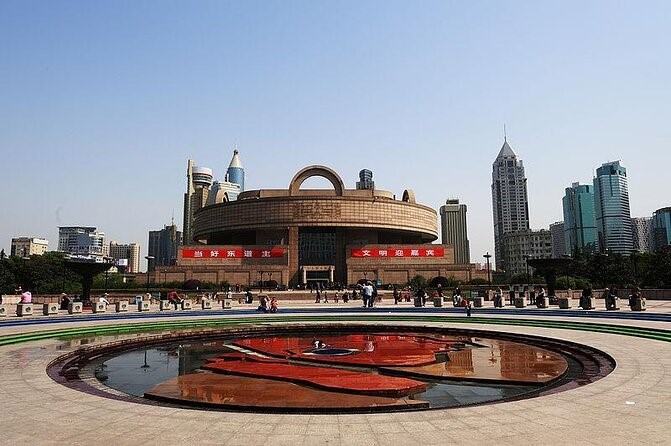

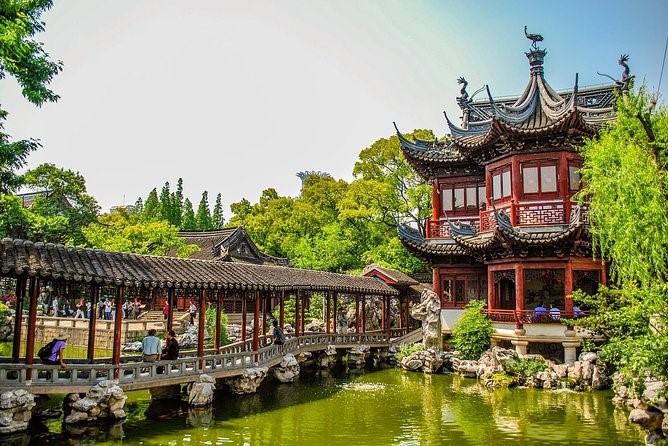
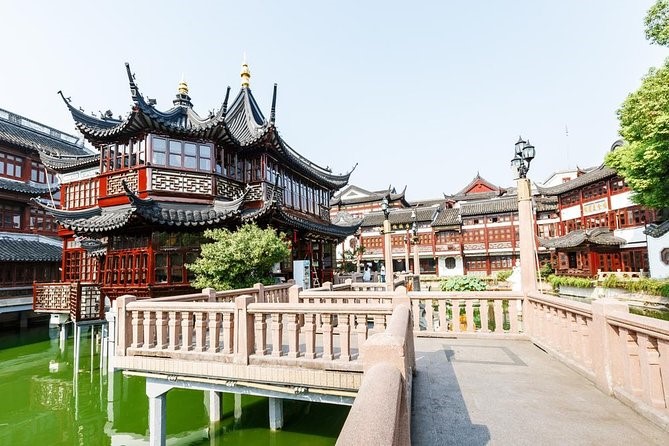
Day 5: Modern Shanghai
Visit the Shanghai Museum and Yu Garden. Enjoy shopping and sightseeing in Xintiandi area.
Shanghai Museum
The Shanghai Museum is a municipal public museum of ancient Chinese art, situated on the People's Square in the Huangpu District of Shanghai, China. It is funded by the Shanghai Municipal Culture and Tourism Bureau. Rebuilt at its current location in 1996, it is famous for its large collection of rare cultural pieces.The museum now houses over 120,000 precious historical relics in twelve categories, including Chinese bronze, ceramics, paintings, furniture, calligraphy, seals, jades, ancient coins, and sculptures.
Yu Garden
Yu Garden or Yuyuan Garden is an extensive Chinese garden located beside the City God Temple in the northeast of the Old City of Shanghai at Huangpu District, Shanghai. It abuts the Yuyuan Tourist Mart, the Huxinting Teahouse and the Yu Garden Bazaar. The exquisite layout, beautiful scenery, and the artistic style of the garden architecture have made the garden one of the highlights of Shanghai. Yu Garden is composed of six scenic areas: Sansui Hall, Wanhua Chamber, Dianchun Hall, Huijing Hall, Yuhua Hall, and the Inner Garden.
Xintiandi area.
Xintiandi is an affluent car-free shopping, eating and entertainment district of Shanghai.Xintiandi now refers to the wider area centered around Madang Road which includes both pedestrian-only and motor traffic roads. The district is composed of an area of reconstituted traditional mid-19th century shikumen ("stone gate") houses on narrow alleys, some adjoining houses which now serve as book stores, cafes and restaurants, and shopping malls. Most of the cafes and restaurants feature both indoor and outdoor seating. Xintiandi has an active nightlife on weekdays as well as weekends, though romantic settings are more common than loud music and dance places.
Cost: Shanghai Museum entrance fee: $10, Yu Garden entrance fee: $5.
Day 6: Departure
Transfer to the airport for departure back to Kenya.
Cost: Airport transfer: $30.
Total Estimated Cost: $2300 per person.

